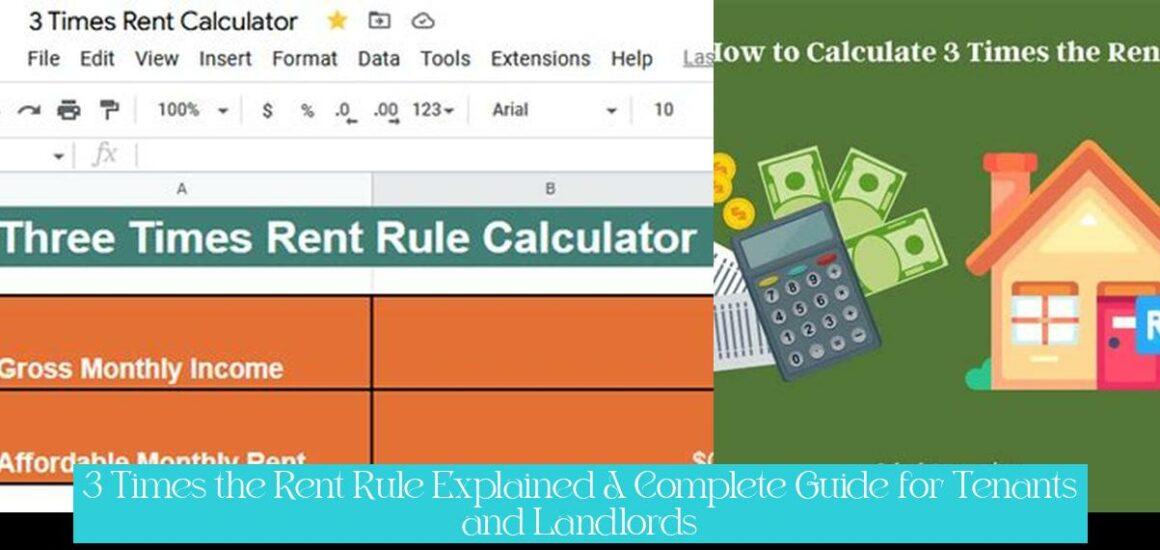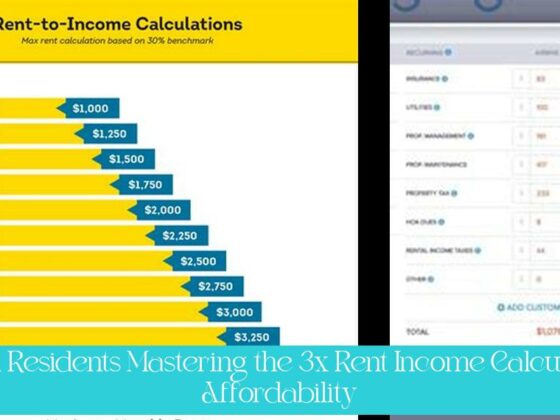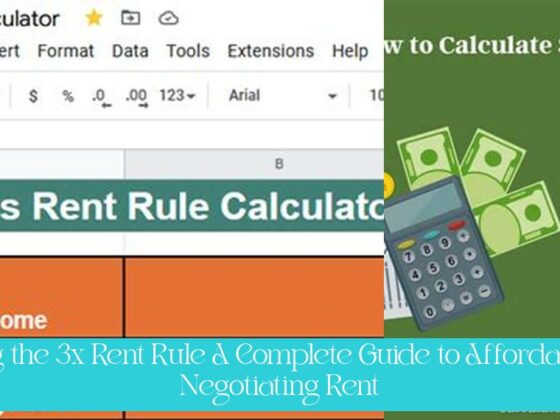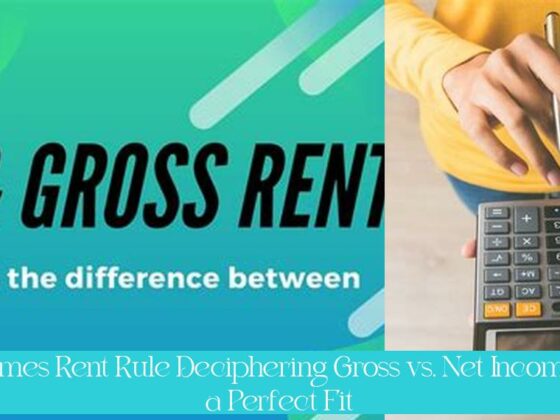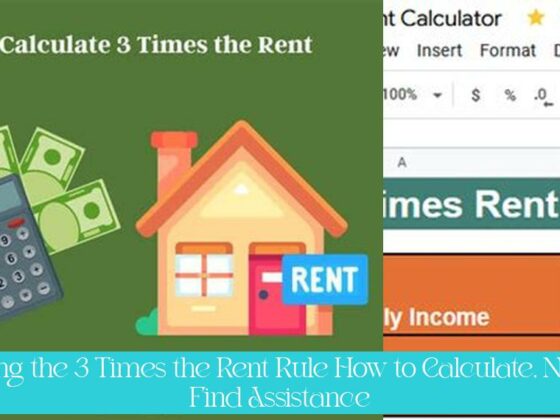Unlocking the mystery behind the infamous “3 Times the Rent” rule has been a riddle for many tenants and landlords alike. Whether you’re a renter trying to figure out if your salary meets the criteria or a landlord setting income requirements, understanding the ins and outs of this rule is crucial. From the rationale behind it to exceptions and alternatives, this comprehensive guide will demystify the calculations and shed light on the factors at play. So, buckle up and get ready to crunch some numbers as we delve into the world of “3 Times the Rent” rule.
Key Takeaways
- To calculate 3 times the rent, simply multiply the monthly rent by 3. For example, if the rent is $1,200 per month, 3 times the rent would be $1,200 x 3 = $3,600.
- Mortgage lenders and private landlords often require tenants’ annual salaries to be at least three times the monthly rent.
- The 3 times rent rule is based on gross income, not net income, meaning your gross monthly income should be 3 times the monthly rent.
- Landlords typically charge rents that fall between 0.8% and 1.1% of the home’s value, with lower value homes being charged closer to 1% of their value.
- If you make $90,000 a year, you can spend $27,000 on rent, and so your monthly rent will be $2,250, according to the 3 times rent rule.
- Some landlords may have income requirements that are two or three times the cost of the rent, but there are ways to work around these requirements.
Understanding the “3 Times the Rent” Rule: A Comprehensive Guide for Tenants and Landlords
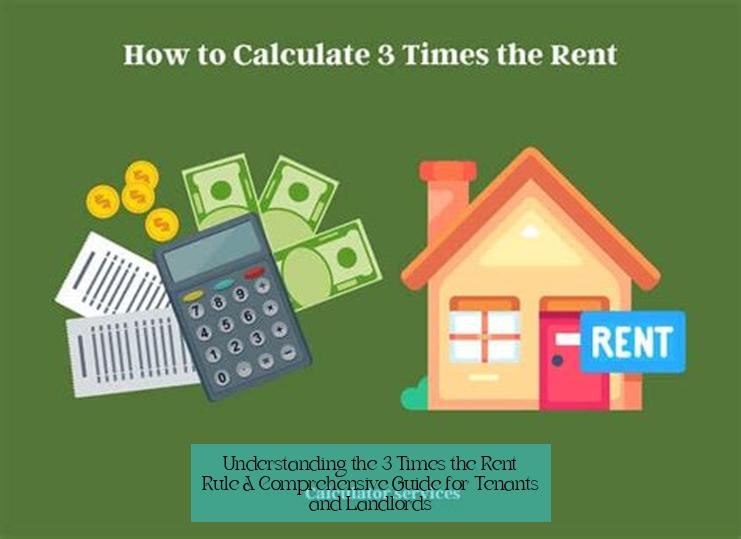
The “3 times the rent” rule is a common benchmark used by mortgage lenders and private landlords to assess a tenant’s financial stability and ability to afford rent. This rule states that a tenant’s annual income should be at least three times the monthly rent. For instance, if the monthly rent is $1,200, the tenant’s annual income should be at least $3,600 x 12 = $43,200.
Populaire en ce moment — Can an Apartment Complex Deny You for Being $300 Short of the 3x Rent Requirement? Understanding the Rules and Regulations
Rationale Behind the “3 Times the Rent” Rule
The “3 times the rent” rule is based on the assumption that housing expenses should not exceed 30% of a tenant’s gross income. This threshold ensures that tenants have sufficient funds remaining for other essential expenses, such as food, transportation, and healthcare. By requiring tenants to earn three times the rent, landlords can minimize the risk of non-payment and financial hardship for tenants.
Calculating “3 Times the Rent”
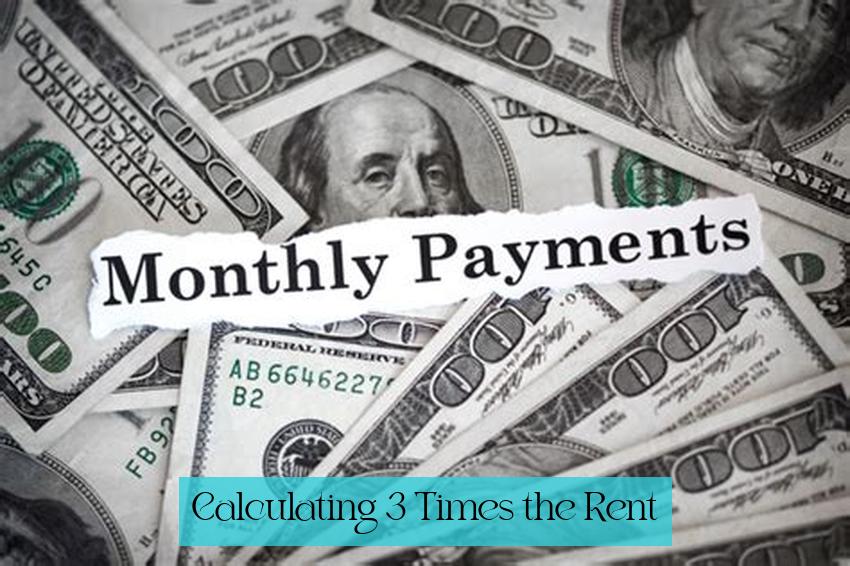
Calculating “3 times the rent” is straightforward. Simply multiply the monthly rent by 3. For example, if the monthly rent is $1,200, 3 times the rent would be $1,200 x 3 = $3,600. This amount represents the minimum annual income required to qualify for the apartment.
Autres articles: Mastering the 3x Rent Income Calculator: A Complete Guide for Affordability
— State Farm Dock Insurance: Comprehensive Coverage for Your Waterfront Property
Exceptions to the “3 Times the Rent” Rule
While the “3 times the rent” rule is widely used, there may be exceptions in certain situations. Some landlords may be willing to consider tenants who earn slightly less than three times the rent, especially if they have a good rental history or co-signers. Additionally, tenants may be able to negotiate a lower rent if they are willing to sign a longer lease or make a larger security deposit.
Alternatives to the “3 Times the Rent” Rule
In some cases, landlords may use alternative methods to assess a tenant’s financial stability. These methods may include:
- Income-to-rent ratio: This ratio compares the tenant’s monthly income to the monthly rent. A ratio of 3:1 or higher is generally considered acceptable.
- Debt-to-income ratio: This ratio compares the tenant’s monthly debt payments to their monthly income. A ratio of 36% or lower is typically considered acceptable.
- Credit score: A tenant’s credit score can provide insights into their financial history and ability to manage debt. A higher credit score can increase the likelihood of approval, even if the tenant’s income is slightly below the “3 times the rent” threshold.
Conclusion
The “3 times the rent” rule is a common guideline used by mortgage lenders and private landlords to assess a tenant’s financial stability and ability to afford rent. While this rule provides a general benchmark, there may be exceptions and alternative methods of evaluation. Tenants who are struggling to meet the “3 times the rent” requirement should consider exploring alternative options or negotiating with potential landlords.
1. How do you calculate “3 times the rent”?
Answer: Calculating “3 times the rent” is straightforward. Simply multiply the monthly rent by 3. For example, if the monthly rent is $1,200, 3 times the rent would be $1,200 x 3 = $3,600. This amount represents the minimum annual income required to qualify for the apartment.
2. What is 3 times the rent of $2,000?
Answer: If the monthly rent of an apartment is $2,000, then 3 times the monthly rent is $2,000 x 3 = $6,000. This means the tenant’s monthly income should be at least $6,000 to meet the “3 times the rent” rule.
3. Do you really need to make 3 times the rent?
Answer: Yes, mortgage lenders and private landlords often require tenants’ annual salaries to be at least three times the monthly rent. This rule is based on the assumption that housing expenses should not exceed 30% of a tenant’s gross income, ensuring financial stability for both tenants and landlords.
4. What is the rationale behind the “3 times the rent” rule?
Answer: The “3 times the rent” rule is based on the assumption that housing expenses should not exceed 30% of a tenant’s gross income. This threshold ensures that tenants have sufficient funds remaining for other essential expenses, such as food, transportation, and healthcare.
5. Are there exceptions to the “3 times the rent” rule?
Answer: While the “3 times the rent” rule is widely used, some landlords may be willing to consider tenants who earn slightly less than three times the rent, especially if they have a good rental history or co-signers. Additionally, tenants may be able to negotiate a lower rent under certain circumstances.
6. What are the alternatives to the “3 times the rent” rule?
Answer: In some cases, landlords may use alternative methods to assess a tenant’s financial stability, such as the income-to-rent ratio, which compares the tenant’s monthly income to the monthly rent. This ratio can provide flexibility in evaluating a tenant’s ability to afford rent.
